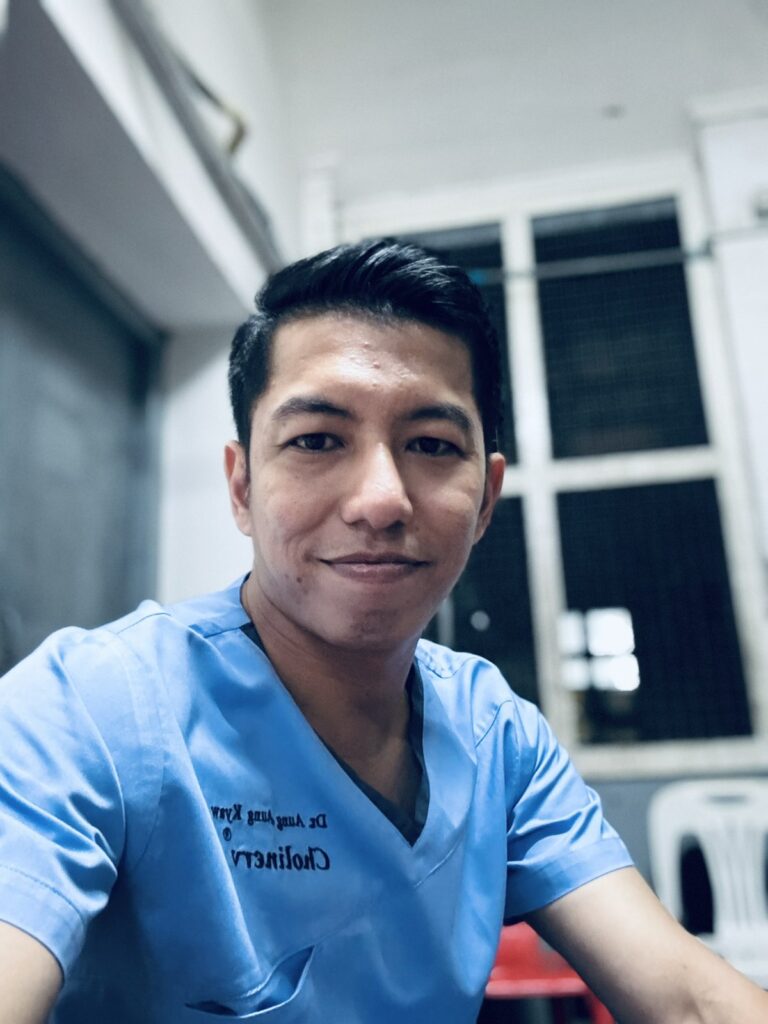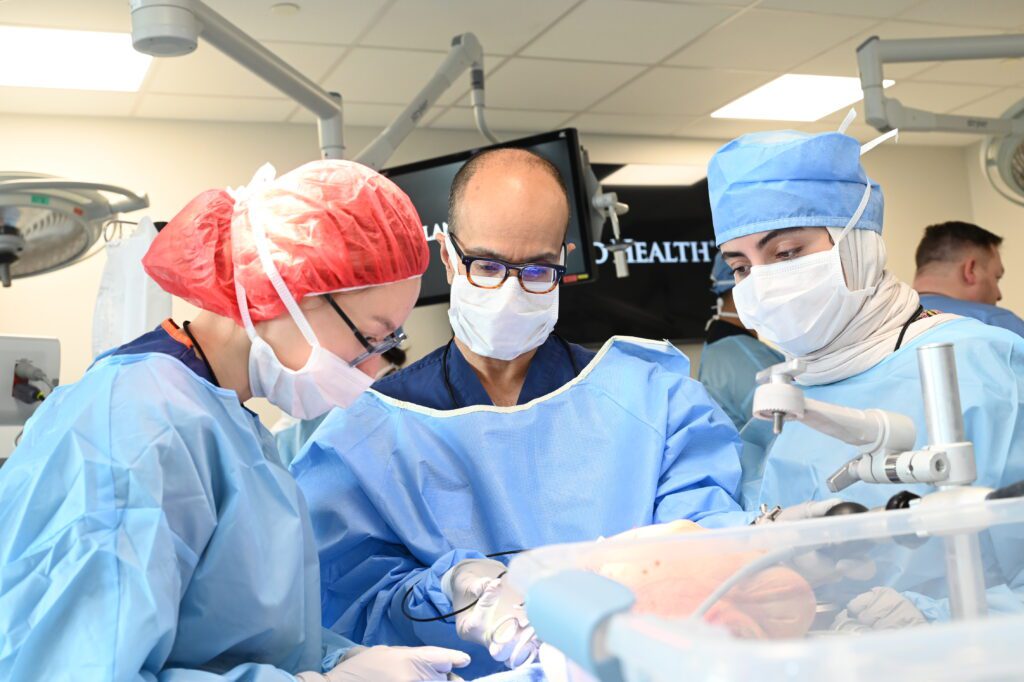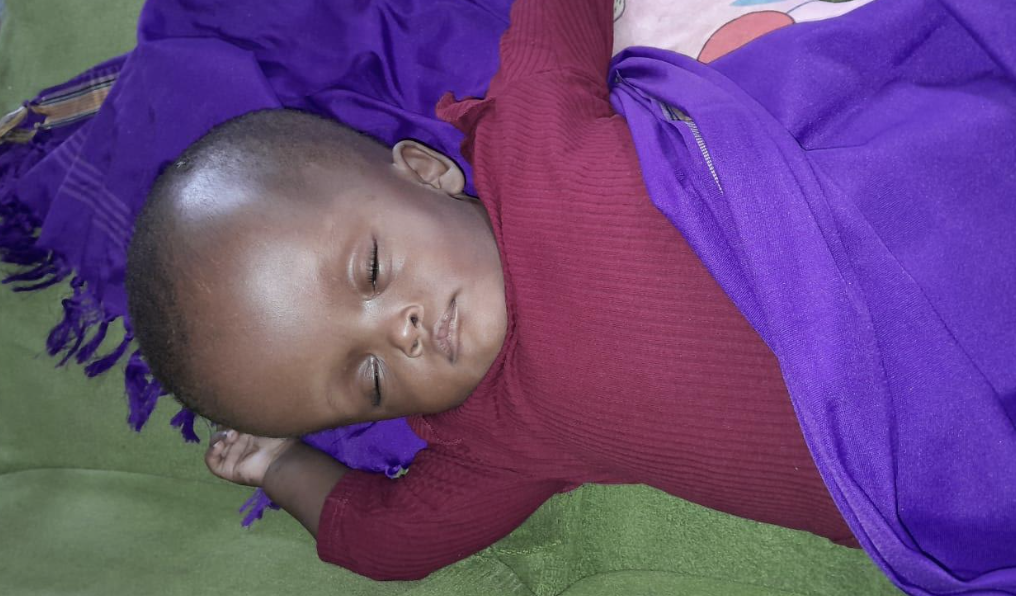‘Americans are at our best when we care about the needs of others, and helping others often comes home to help us.’ -NeuroKids Board Chair and Founder Dr. Ben Warf
A Life-Saving Innovation Born in Africa
Hydrocephalus and spina bifida (HSB) are among the most common and devastating congenital conditions affecting newborns worldwide. The incidence of congenital hydrocephalus is highest in Africa and Latin America and lowest in the United States and Canada. When cases related to neonatal infection and neural tube defects are included, the annual case volume in low-resource countries is more than 20 times that of high-income countries. Three-quarters of the world’s children with hydrocephalus can be found in Latin America, Africa, and Southeast Asia.
In many parts of Africa, where medical resources are limited and traditional treatment methods—such as shunt placement—are fraught with complications, a new approach was desperately needed. Enter the revolutionary combination of Endoscopic Third Ventriculostomy with Choroid Plexus Cauterization (ETV/CPC). Developed by Dr. Benjamin Warf and his colleagues in Uganda, ETV/CPC provided a minimally invasive, shunt-free solution to managing hydrocephalus in infants. By reducing cerebrospinal fluid production while creating a new drainage pathway in the brain, this technique dramatically improved survival rates and long-term outcomes for African babies.
One such child was Leira, a baby girl in Zambia who, before ETV/CPC, had little chance of survival. Today, she is thriving, attending school, and playing with her friends—an outcome that once seemed impossible.
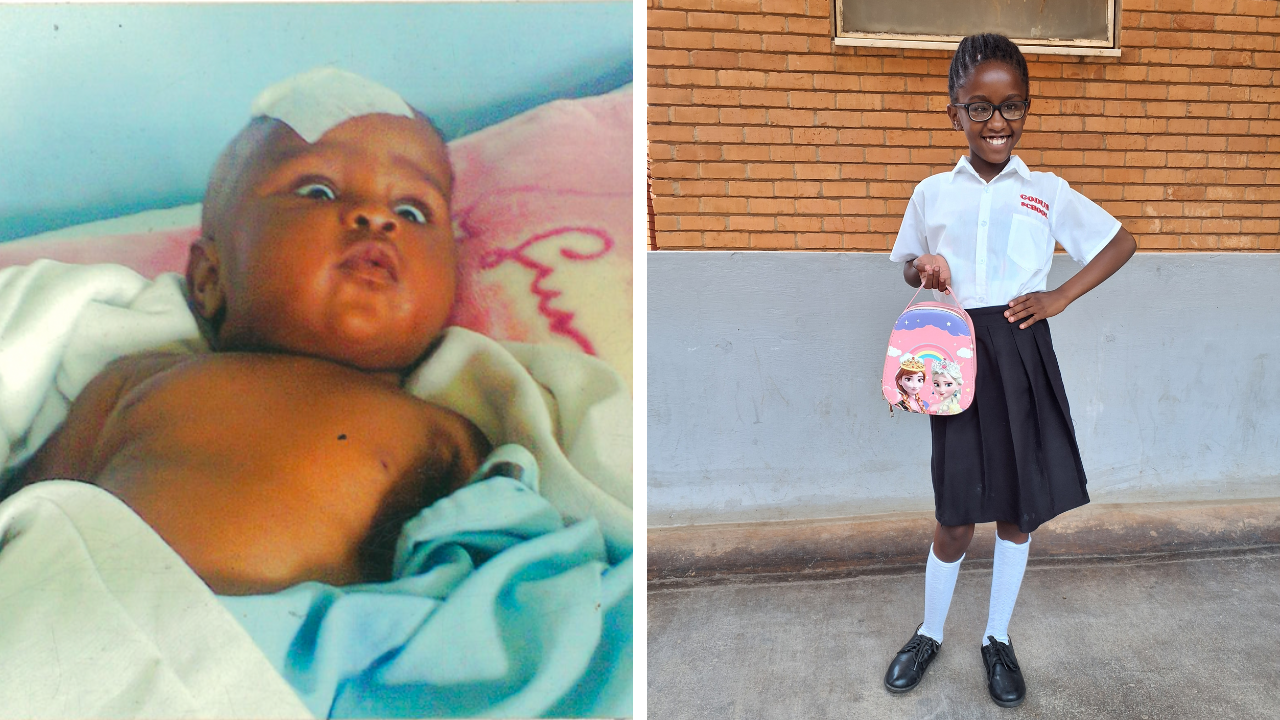
Global Knowledge Exchange: African Neurosurgeons Training American Doctors
While ETV/CPC was designed to meet the urgent needs of children in Africa, its impact did not stop there. Over the years, more than a dozen American neurosurgeons have traveled to Uganda to train under the expertise of their African colleagues—learning techniques that have since become standard at most major pediatric hospitals in the United States. The skills honed in Africa are now saving the lives of American babies.
This exchange of knowledge is a powerful reminder that innovation does not flow in one direction. While Western medicine has long been seen as the epicenter of medical advancement, the success of ETV/CPC challenges that perception, illustrating that some of the most impactful solutions arise in the very places that face the greatest challenges. Countries with the highest volume of hydrocephalus have the fewest neurosurgeons, with around 330 pediatric neurosurgeons caring for a population of 1.2 billion children in low-resource countries. Training and equipping these neurosurgeons to perform this procedure will substantially reduce the number of shunts placed and save lives, while also reducing the number of repeated shunt operations on an overburdened neurosurgical workforce.
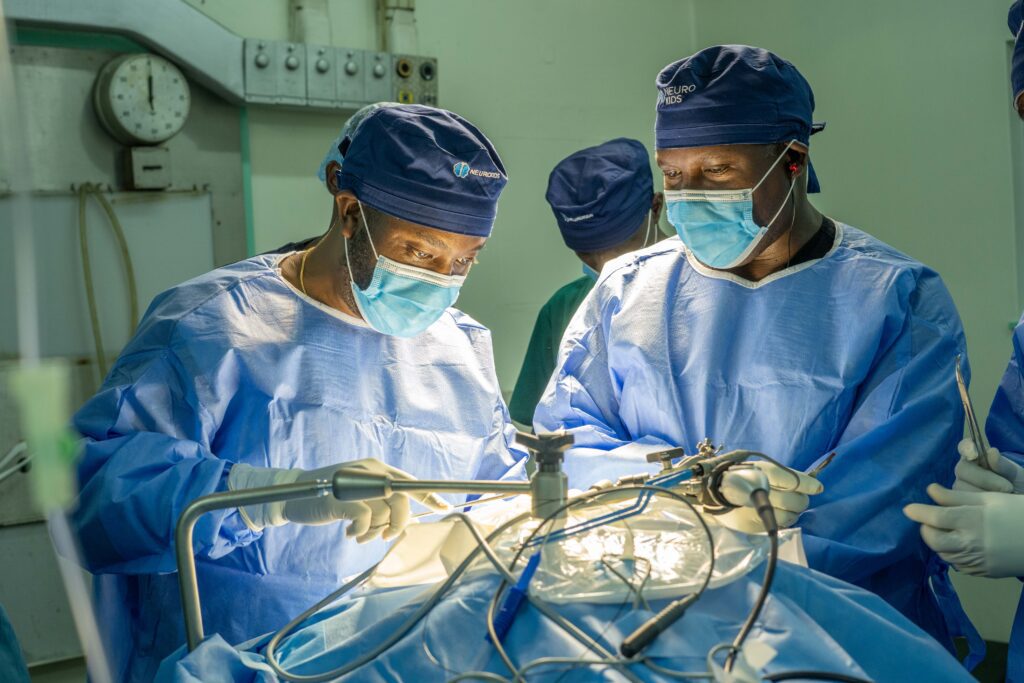
The Ripple Effect: Helping Others Helps Us All
The story of ETV/CPC is a testament to a broader truth: when we extend our expertise and compassion to help others, the benefits often come full circle. By investing in solutions for vulnerable children in Africa, the global medical community has not only transformed lives abroad but also revolutionized pediatric neurosurgery at home. The estimated annual economic burden of untreated infant hydrocephalus in Sub-Saharan Africa is between 1.4 and 56 billion US dollars per year, and the estimated benefit-to-cost ratio for treatment is more than seven to one.
Dr. Warf’s words underscore a vital lesson: our willingness to care for others strengthens our own communities. Whether in medicine, education, or social policy, the act of helping—rooted in empathy and collaboration—inevitably leads to discoveries and advancements that elevate us all.
As we reflect on this remarkable journey, let it serve as a reminder that our greatest strength lies in our interconnectedness. The work that began in Africa continues to shape the future of pediatric neurosurgery, proving that innovation and humanity knows no borders. Thanks to this cross-continental partnership, children like Leira are not only surviving but thriving, offering hope to families everywhere.
And in the end, perhaps the best way to help ourselves is to start by helping others.
Join Us in Making a Difference
By supporting NeuroKids, you can help train and equip neurosurgeons in underserved countries, ensuring that life-saving procedures like ETV/CPC continue to reach the children who need them most. Donate today and be a part of this incredible journey of hope and healing.



